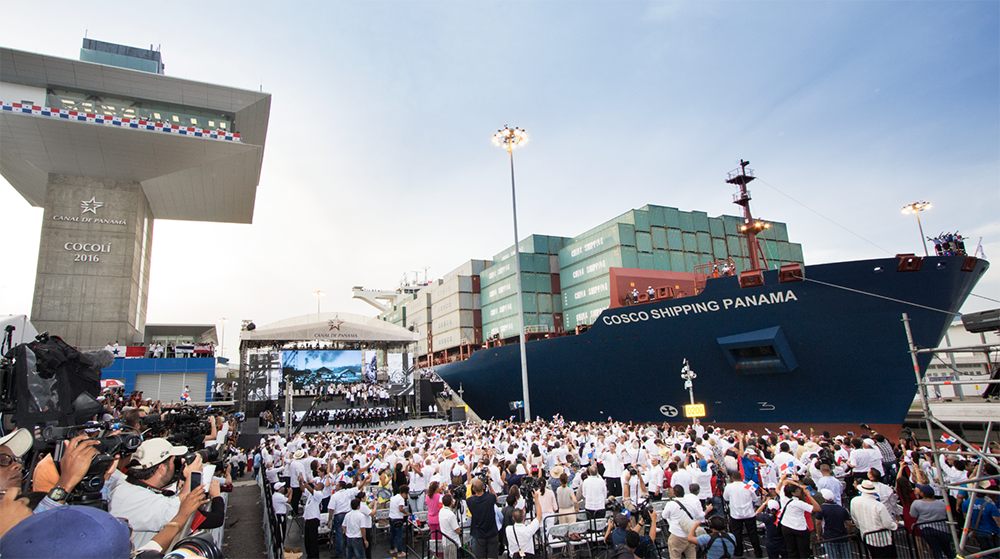It is impossible to talk about Panama, especially abroad, without mentioning the Panama Canal. Not only does the world’s cargo pass through this colossus of engineering, but it also contributes to the reduction of greenhouse gases.
Without a doubt, this interoceanic canal is a fundamental part of Panamanian history, industry, and economy, with an average of 13,500 transits in the last three years connecting the world through 1,900 ports. But adding to this, something that is rarely mentioned: the Panama Canal is an engine of sustainability in the region and the world.
Each transit requires fewer cargo movements compared to other air, sea, or land transportation options. In 2016, the International Maritime Organization recognized the contributions of the Panama Canal in reducing greenhouse gas emissions and it is estimated that to date the Panama Canal operation has led to the reduction of 830 million tons of carbon dioxide.
It also highlights the implementation of the Emissions Calculator and the Green Connection Environmental Recognition Program for more than five years. This calculator collects and centralizes data such as the type of ship, speed, route, size, and fuel consumption to measure the emission of greenhouse gases through its own algorithms. For its part, the Green Connection program recognizes Canal customers that have good environmental performance, taking as a reference the fuel efficiencies and emissions reduced by the use of the Panama Canal.
Most recently, the renowned firm S&P Global nominated the Panama Canal for a prestigious 2020 Platts Global Energy Awards, which recognizes organizations involved in energy storage, transportation, or trade. A recognition that highlights the impact that the expansion of the Canal has had on this industry: as of 2016, the Neopanamax locks allowed the transit of the first ships with liquefied natural gas (LNG) and led to the increase in liquefied gas ships of oil (LPG).
In addition, the Panama Canal joined the initiative “The First 50 Carbon-Neutral Organizations” at the beginning of 2022, led by the Ministry of the Environment of Panama and which seeks to integrate efforts to accelerate climate and measurable actions to become a carbon company neutral by 2030. Some of the actions that the Canal has implemented have been incorporating electric cars into its fleet in a pilot plan that hopes to migrate its entire fleet to vehicles that do not use fossil fuels.
This strategic decarbonization plan also includes the Canal’s tugboats and launches using alternative fuels to oil, including photovoltaic plants for the production of electricity, increasing the use of hydraulic energy, and ensuring that all its facilities and infrastructure projects are used are environmentally sustainable.
As you can see, the success of the Panama Canal is not only the 516.7 million tons that circulated through it during the fiscal year of 2021 or the USD $2,080.6 million that were delivered as direct contributions to the National Treasury of Panama. Now you know, Panama not only connects the world but also makes it more sustainable day by day.





